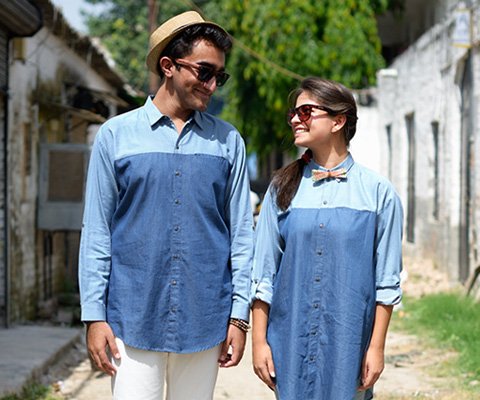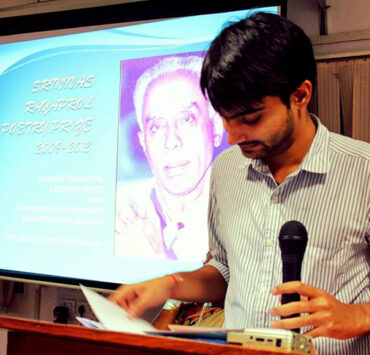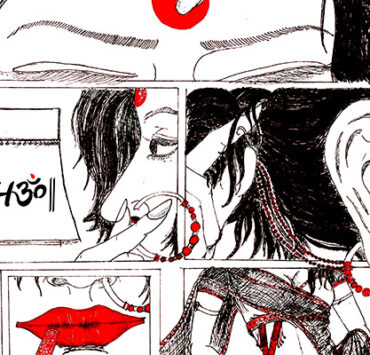Started in December 2012, bhane. (pronounced bha-nay) is a brand of clothing that is as unique as its name. With simple, understated styles, interesting colours, affordable pricing, and an emphasis on comfort and durability, bhane. wants its customers to use the clothes in its catalogue as tools to express themselves.
We caught up with Anand Ahuja, founder of bhane., for an exclusive interview about his vision for the brand, and India’s place in the global clothing retail market. Read on for excerpts—
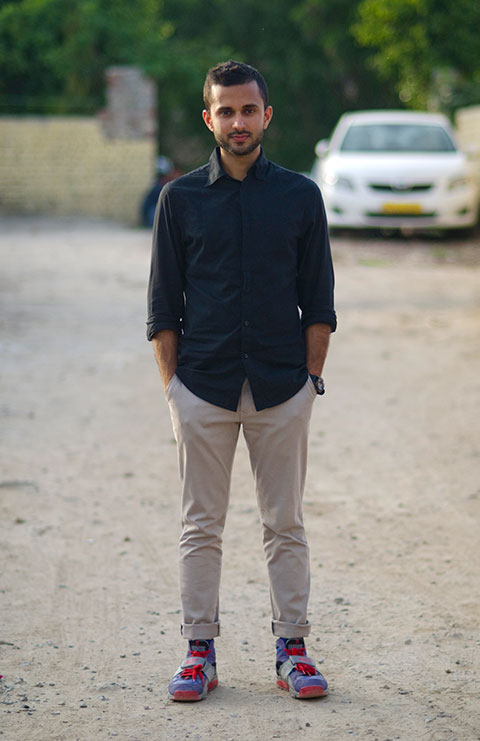
Anand Ahuja founded bhane. in December 2012.
What is the inspiration behind bhane.’s clothing line?
Our inspiration is simple in that we do not want our clothes to define the wearer but rather want individuals to be able to take our clothes, wear them differently, and express themselves. bhane. is founded on the idea of individuality and self-expression and we want our products to facilitate that. It is only when a garment is simple that it can be versatile and worn differently by different people or even by the same person.
You’ve grown up in a family that owned and ran an apparel production and export company (Shahi Exports). You’ve also worked for renowned retailers such as Macy’s and Amazon. What are some of the lessons you’ve learnt from these experiences that help you with running bhane. today?
Well, just growing up and witnessing the intricacies of apparel production first-hand made me realise the importance of having a strong logistical supply chain. It showed me the value of quality garments and how much effort is required on every detail. There are innumerable combinations and permutations of style—it taught me the importance of design. That is why the first people employed at bhane. were designers. Even today, design remains central to our operations. Macy’s taught me a lot about merchandising—how to select garments, understand shopping patterns, how to price clothing, how to market it, and about the importance of timely delivery and freshness on the floor. Finally, Amazon opened my eyes to the true power and potential of online retail, and helped me understand the importance of having an analytical mindset. The work I do at bhane. can be attributed to a combination of all my experiences.
Most fashion brands in India these days seem to prefer definitive, loud designs—lots of body-hugging outfits, big logos, and bright colours, while bhane. clothing is characterised by refreshing styles and simple designs.
Our designs draw from our philosophy of ‘live simply, simply live’. The first part of this is just to encourage the idea of being yourself and living as you wish to live. The second part implies living in the moment, to simply live your life and not worry about what others say. We want to encourage expression and exploration. We are trying to provide basic garments that all people can use and can adapt to their everyday lifestyles. We aspire for our garments to be appealing not only in India but globally. This is a big driving factor in ensuring that our design philosophy stays current on a global scale. Our principal belief is that on a basic level, style is universal—whatever will appeal to people in New York, Tokyo, London, or Paris will also appeal to people in India.
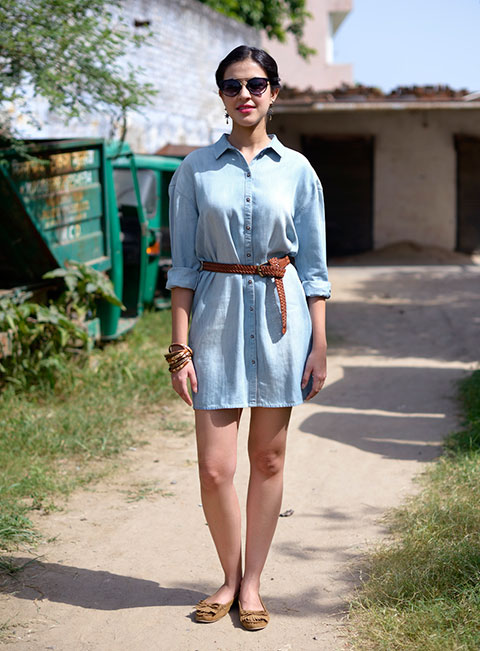
“We aspire for our garments to be appealing not only in India but globally.”
A lot of people seem to appreciate the fact that bhane.’s clothes are not too hard on the wallet. But do you think that people in India associate affordable prices with a reduction in quality?
Right now, ‘fast fashion’ or ‘throwaway fashion’ seems to be what people in India want. People buy an outfit that is really trendy, wear it a couple of times, and discard it. In response to this, brands are positioning themselves to focus on lower quality in order to keep up with trends and turnovers. That is not our approach. We find that this sort of behaviour can become extremely wasteful. Some of our customers might do this as well, but it is our aim to provide garments that are durable in quality and trend-forward in style. So we may not have the latest studded denim or spiked leather jackets, but our garments do garner style points due to how well they fit, how long they last, and how good they look, whether they are being worn for the first time or tenth time. If your style is big logos and fast fashion, that’s cool too—you could group our slim-fit denims with that studded leather jacket, or our tapered khakis with big pony polos and a Hermès H belt. We provide our customers with the tools they need to create their own style, whatever that may be.
bhane.’s models come across as straightforward, friendly, and approachable. How do you interact with your models and get them to present themselves in a way that is consistent with your brand?
Our models do have a very un-intimidating and approachable look to them. This is because none of them are actually professional models—they are all regular people. Most of them are shy in front of a camera and it is easy to relate to them because most of us would be too (smiles). We want to display the versatility and wearability of our clothing by showcasing it on real people—people who have different styles, who are of different heights and weights, etc. For our latest campaign, we crowdsourced all our models via Facebook, Twitter, and Instagram—it was wonderful to share our story with our followers and have them be involved in our campaign. We just try to create a fun environment at photo shoots, have them choose what they want to wear for the shoot, along with their jewellery, shoes, accessories, etc. We try and host the shoots at fun places—like in Bangalore we did it at Puma Social Club—in order to create a vibe that is fun, friendly, and fresh.
You define your target market as people who are ‘global-minded’, though the brand has an ‘Indian heart’. How do you retain this Indian heart, and strike the right balance between the two?
My experiences with both Shahi Exports and Macy’s have been absolutely crucial with regards to our brand positioning. But the fact that we have grown to 25 people so quickly means that it is not my vision alone but rather a shared one by all of us in the company. We try to retain our Indian heart by really aspiring to showcase the immense design talent and techniques that India has. We are starting to conduct more research around India to showcase different design techniques. We want to show that India does not solely have to be a place for back-end manufacturing—it can also be a place that can deliver global-standard brands and experiences.




